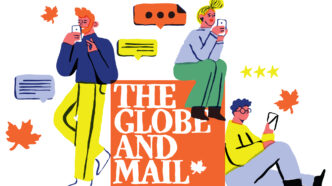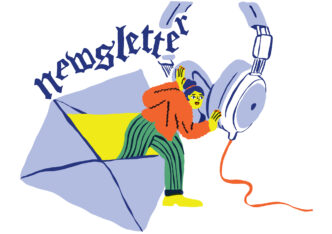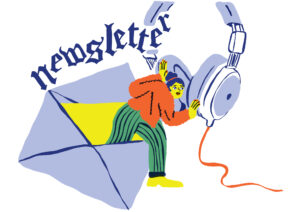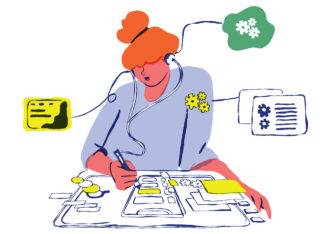

“Community building” has become an increasingly more important strategy for digital publishers in recent years, helping to develop a loyal, engaged audience on-platform.
The Globe and Mail is no exception – from live Q&As with journalists to call-outs and reader-led content, their community work is certainly one to be inspired by. We spoke to Audience Growth Manager, Rebecca Zamon, about these initiatives.












